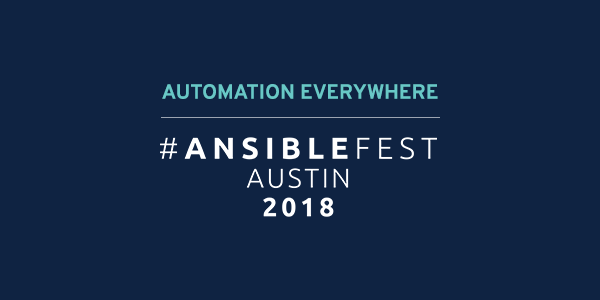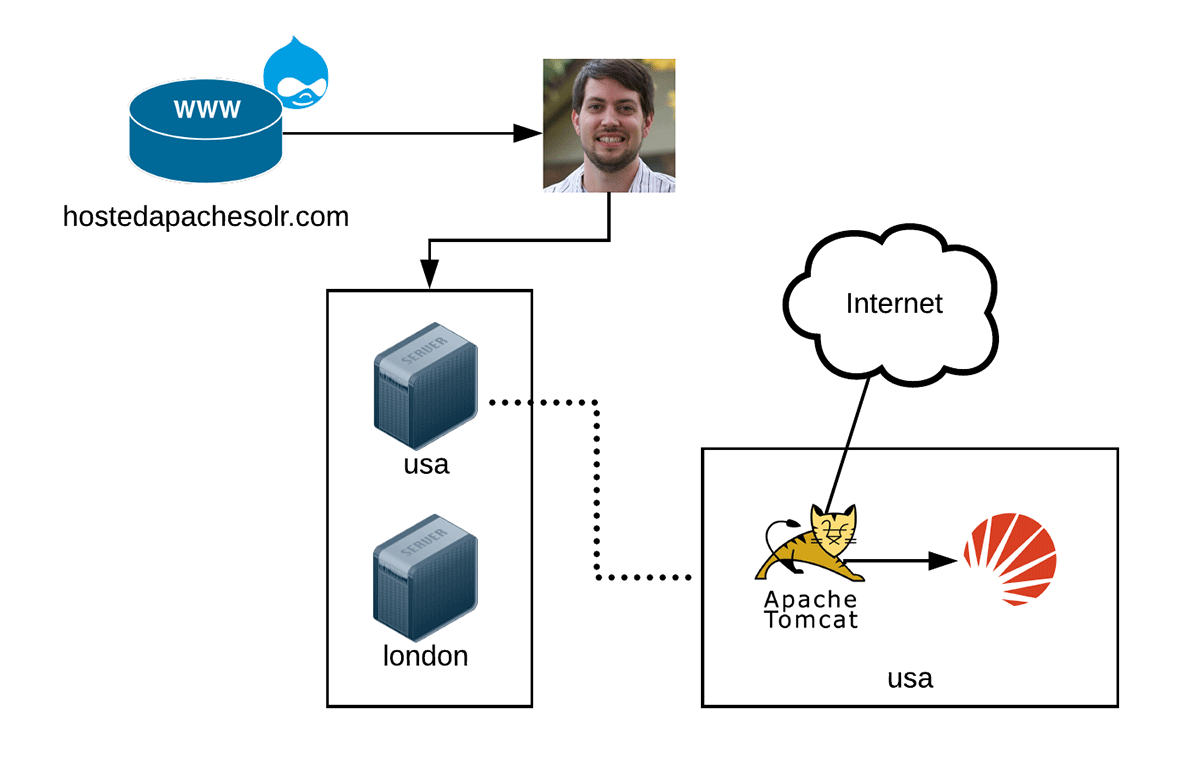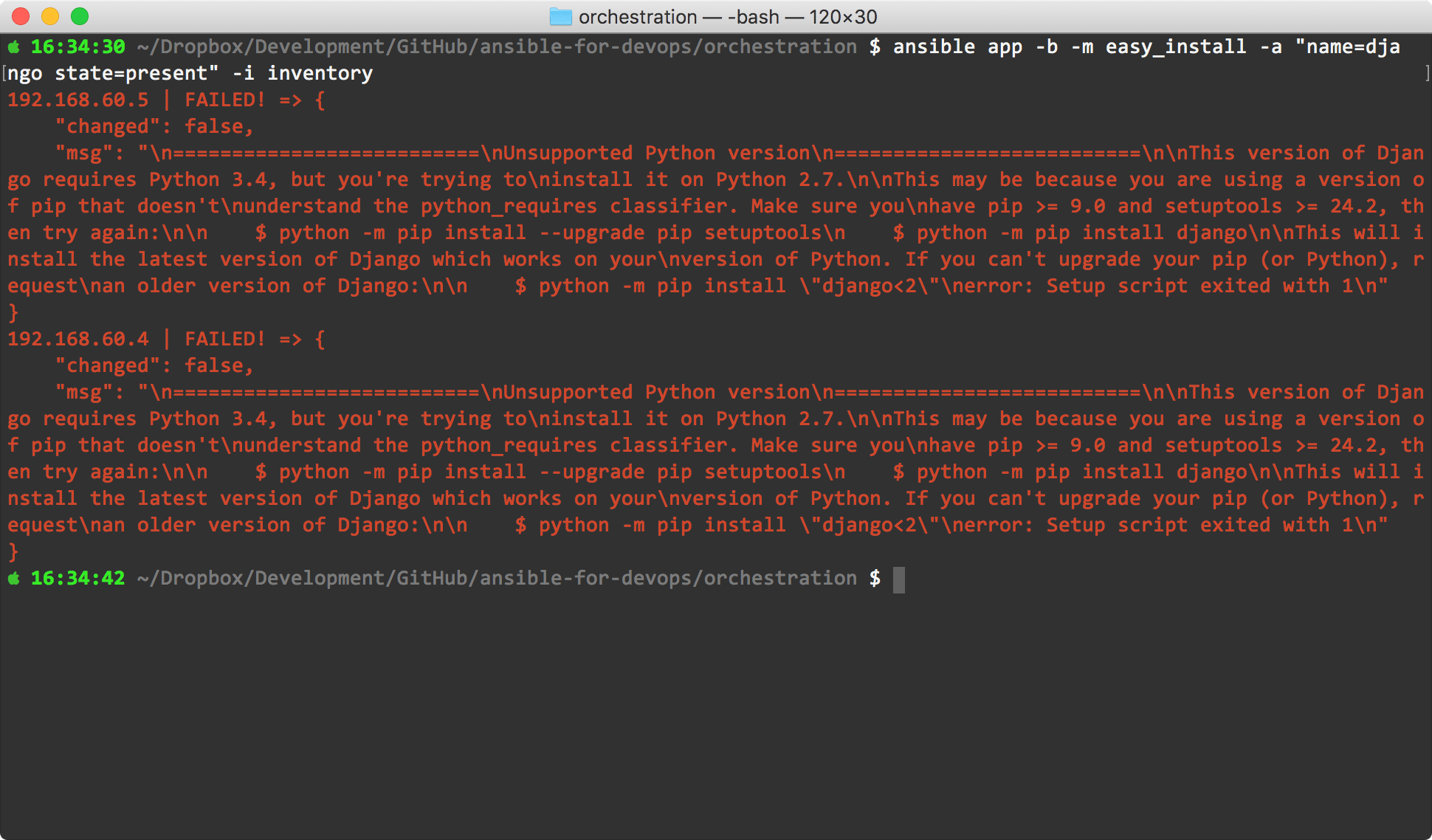Speaking about Playbooks at AnsibleFest Austin 2018
I'm excited to announce I'll be presenting the session Make your Ansible Playbooks Flexible, Maintainable, and Stable at AnsibleFest Austin in the first week of October.
I've spent a lot of time building, maintaining, and in a few cases, completely restructuring Ansible playbooks over the past five years. I hope to distill a lot of the lessons I've learned into this presentation, and I hope anyone else who is as passionate about infrastructure automation as I am can get a lot out of it.
As usual, I'll post slides—and hopefully video as well—from the presentation after it's over. Hope to see you in Austin!



